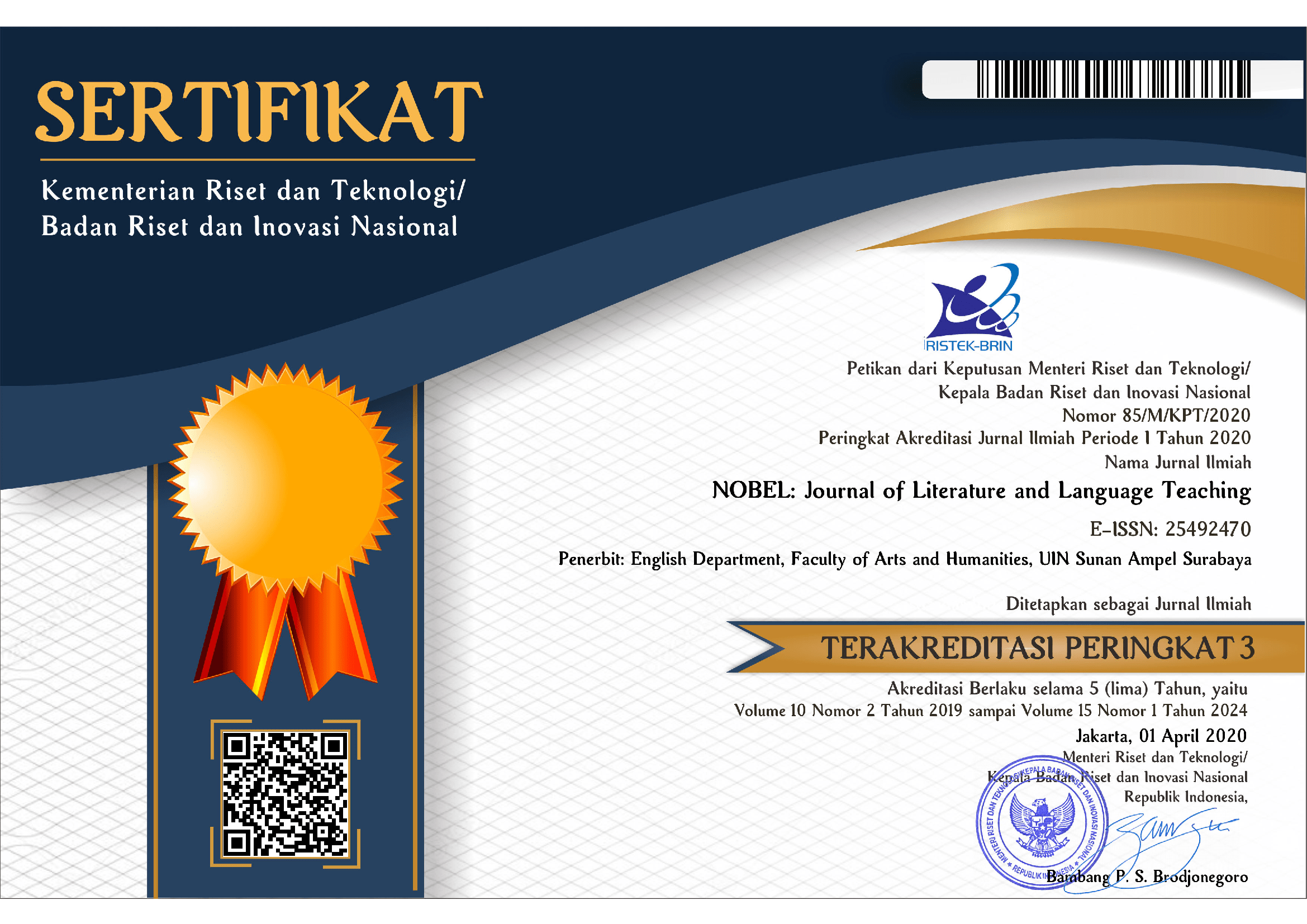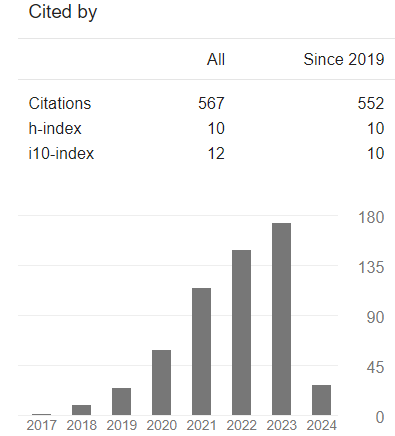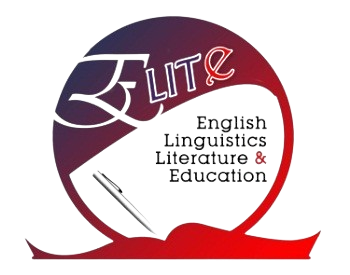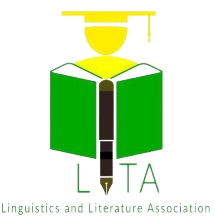Learning Strategies Used by The British Institute for Upper Intermediate and Advanced Students
DOI:
https://doi.org/10.15642/NOBEL.2016.7.2.155-162Keywords:
learning strategies; upper intermediate level; advanced level; types of learning strategiesAbstract
Practicing is an important factor in learning a second language. People all over the world learn their first language and also second language through practice with other people. Yet, different people may use different ways of learning, which are known as learning strategies. This study is concerned with language learning strategies reported to be used by students of upper intermediate and advanced level at a private language institute in Surabaya. It aims to identify the learning strategies most frequently used by the two groups of respondents and to identify differences and similarities in strategy used by the two groups. This research uses descriptive qualitative method. Using Rebecca Oxford's Strategy Inventory for Language Learning (SILL), the study found that the two groups of respondents used different types of learning strategies. Most frequently used strategies by the upper intermediate students include cognitive, compensation, and meta-cognitive strategies, while the advanced students mostly used social strategies. In addition, the two groups of students showed other differences and some similarities in the strategy use in terms of both type and frequency.
Downloads
References
O’Malley, JM. , & Chamot, A.U. (1990). Learning Strategies in Second Language Acquisition. Cambridge: Cambridge University Press.
Oxford, R.L. (1990a). Language Learning Strategies: What Every Teacher Should Know. New York: Newbury House/Harper and Row.
_______________ (1990b). Styles, Strategies, and Aptitude: Connections for Language Learning. In T.S. Parry & C.W. Stansfield (Eds.), Language Aptitude Reconsidered (pp. 67-125). Englewood Cliffs, NJ: Prentice Hall.
Oxford, R. and Nyikos, M. (1989). Variables Affecting Choice of Language Learning Strategies by University Students. The Modern Language Journal, 73(3), 291-300.
Rubin, J. (1975). What the “Good Language Learner†Can Teach Us. TESOL Quarterly, 9, 41-51.
Stern, H. H. (1975). What Can We Learn from the Good Language Learner?. Canadian Modern Language Review, 31(4), 304-318.
Willing, P. (1988). Studies on Second Language Learning Style. New York: Cambridge University Press







